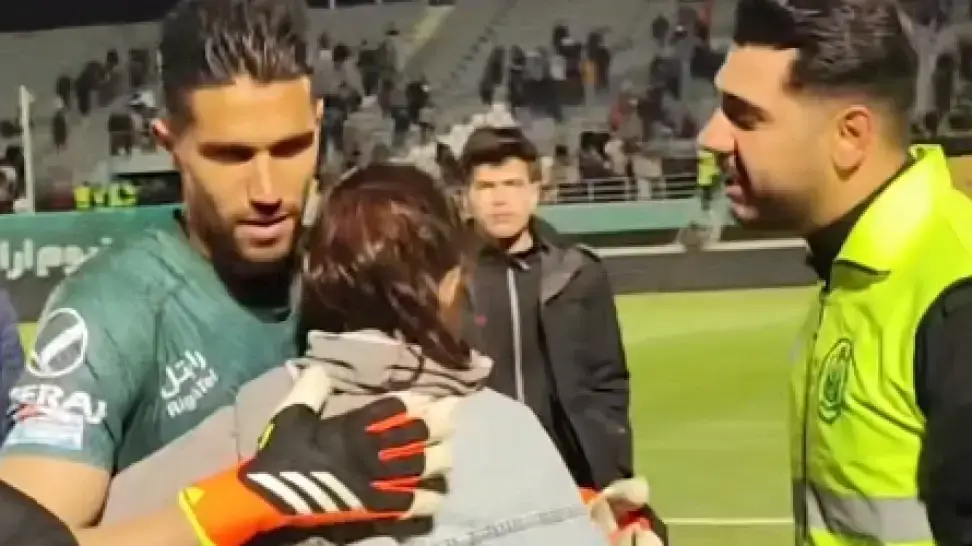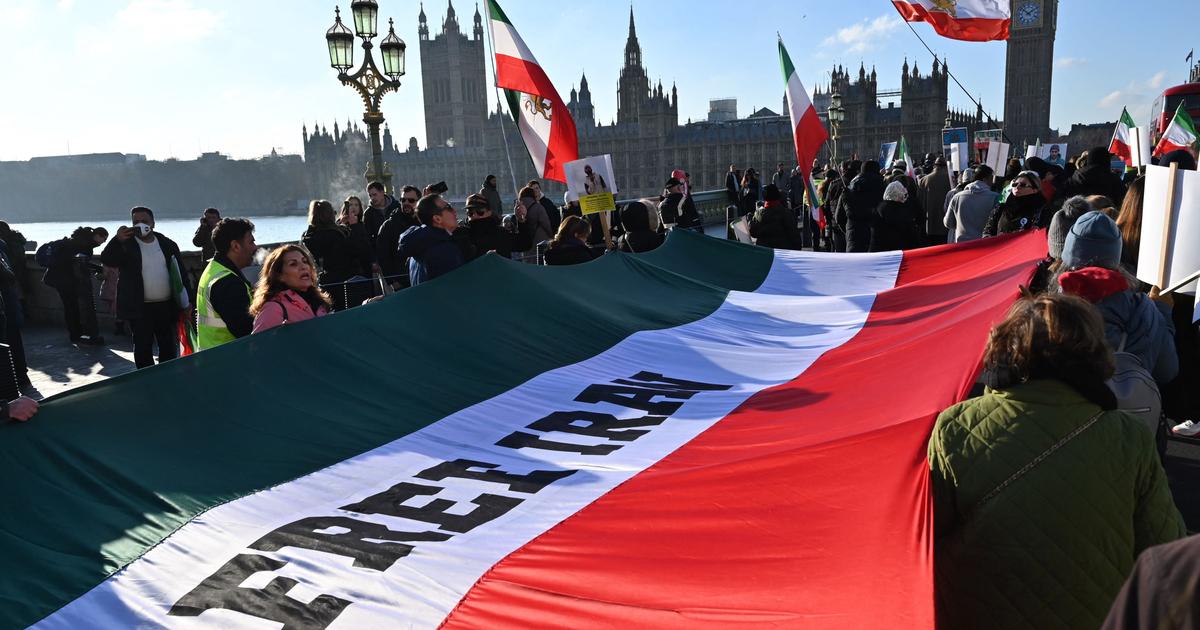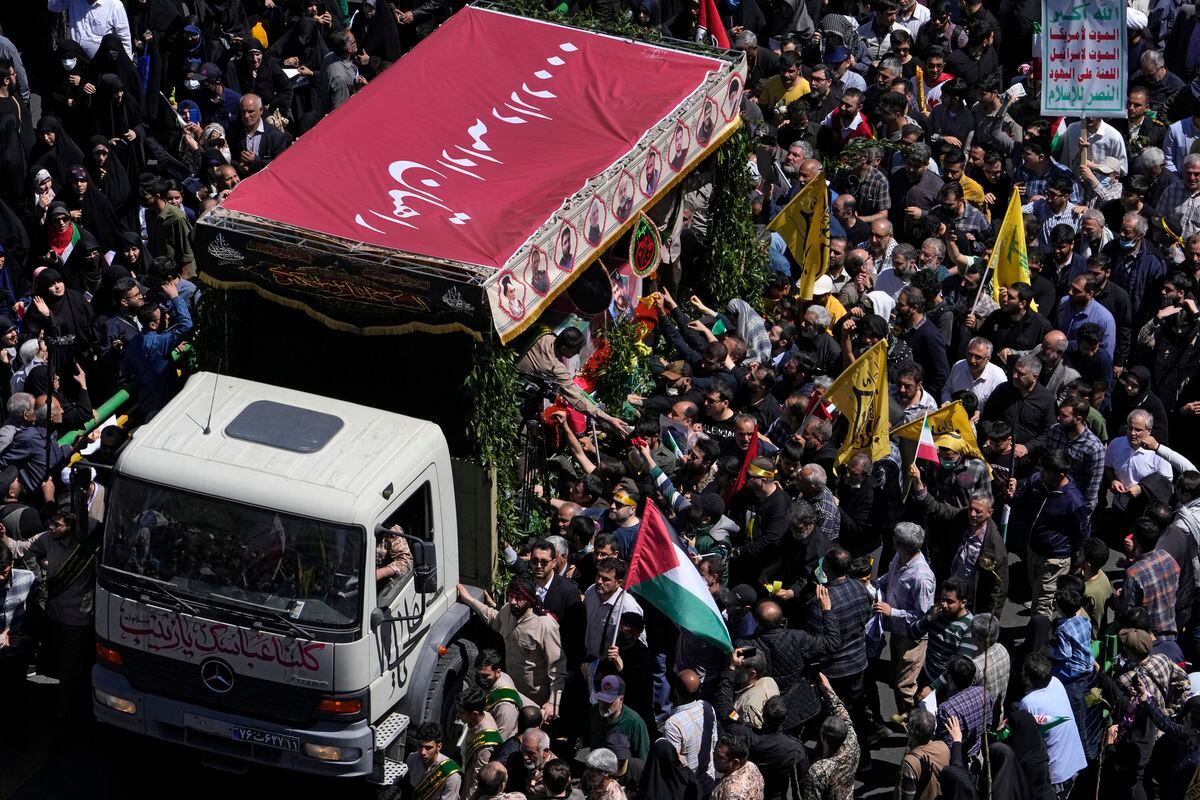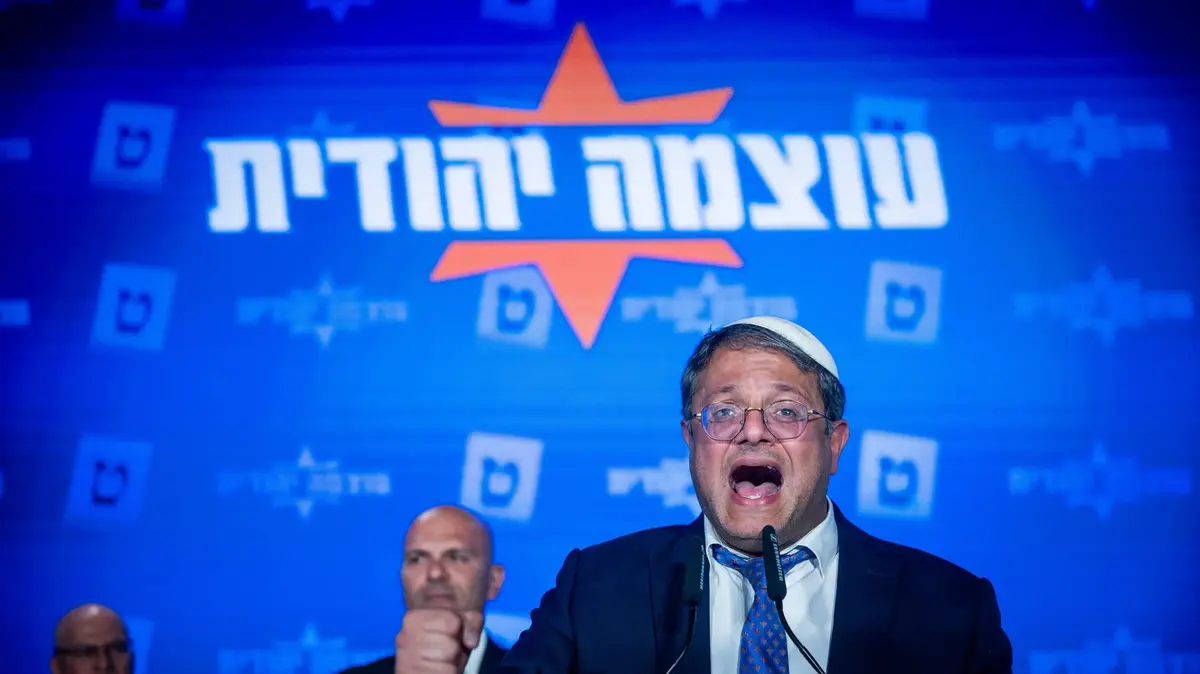Since September, demonstrations in Iran have continued to spread, and there seems to be new developments in recent days.
On September 13, Mahsa Amini, a 22-year-old Iranian woman, was taken away by the Guidance Patrol (also known as the religious police) for "wearing a hijab incorrectly". He was pronounced dead by the hospital on the 16th.
The incident triggered demonstrations across Iran, where people roared for the truth, the prosecution of the murderer, the disbandment of the morality police, and the abolition of the law that forced women to wear headscarves.
The protest continued for more than two months. Even at the World Cup in November, the Iranian national team collectively refused to sing the national anthem to express their dissatisfaction.
Facing the anger of the people, the theocratic government seems to be showing signs of backing down.
According to local media reports on December 2, the Attorney General of Iran, Mohammad Jafar Montazeri, said that he would review the law that compels women to wear headscarves. It said the team responsible for the review met on Nov. 30 and would see the results within a week or two.
On December 3, when Montazeri was asked whether he would disband the Morality Police, he said that "the Morality Police has nothing to do with the Ministry of Justice where he works." This was interpreted by some media as "Iran announced the abolition of the Morality Police."
However, Iran's official Arabic-language media "Al-Alam" published an article on the evening of the 4th, denying the abolition of the morality police. The biggest conclusion that can be drawn from Montazeri's words is that the Morality Police Patrol has not been linked to the judiciary since its establishment, and the Attorney General has confirmed that the judiciary will continue to monitor social actions and behaviour."
The report even emphasized that "some foreign media tried to portray the words of the Attorney General of Iran as the Islamic Republic of Iran's retreat on the hijab and virginity issues, and its response to the recent turmoil", apparently intending to refute external interpretations.
In the back and forth, the seemingly concessional theocratic government does not seem to have any intention of backing down. After all, its handling of the turban law is only a "meeting to review", and the result may not be moved at all.
However, whether it is the turban or the moral police, in today's Iranian political context, they are just labeled symbols. Iran's deep crisis is far from being resolved by abolishing both.
Looking at the demonstrations in Iran in recent years, their frequency has gradually increased, and the demands of the people have continued to escalate over time, from the original political reform to the overthrow of the theocratic government.
The reason behind this is not only the economic slump, but also the public's loss of expectations for the reformers.
Amini, a 22-year-old Iranian woman, was accused of wearing a headscarf in an inappropriate way on September 13, 2022. She died after being arrested by the religious police.
The picture shows that on September 23, 2022, female demonstrators in Berlin, Germany cut their hair on the street to protest against the brutality of the Iranian religious police and to support Iranian women.
(Getty)
Economic quagmire a breeding ground for mass demonstrations
Looking at the demonstrations in Iran in recent years, whether it is the general strike in 2018, the demonstration against fuel price hikes in 2019, the strike of petrochemical workers in 2021, the demonstration against food subsidy cuts in 2022, etc., economic issues are the main appeals; The demonstrations triggered by the "death" were also multiplied by the public's dissatisfaction with the economy, and maintained a large-scale national spread.
Even if the theocratic government can quell the demonstrations, as long as Iran's economic situation does not improve, demonstrations will continue to be staged frequently.
When looking into Iran’s economic ills, two factors are crucial: first, the United States has imposed economic sanctions for many years, which has severely damaged Iran’s ability to accumulate capital, promote economic growth, and provide social welfare through oil; second, the new freedoms since the 1990s Although the socialist economic policy has improved the vitality of Iran's economy, it has been implemented at the cost of valuing capital rather than labor.
After Hassan Rouhani took office in 2013, although he intended to improve the economy, he failed to overcome the two structural constraints mentioned above: U.S. sanctions were temporarily eased due to the warming of U.S.-Iran relations and the signing of the nuclear agreement in 2015, but they were again In 2018, Trump’s (Donald Trump) extreme pressure intensified; the background of neoliberal economic policies has not changed, and Rouhani has been unable to get rid of his dependence on austerity measures.
Therefore, during his second term of office (2017-2021), the unemployment crisis has not eased, inflation has continued to grow, and street demonstrations have followed.
Of course, compared with before the 1979 revolution, the living conditions in Iran have improved. Today, most Iranians have basic national services and use infrastructure, but about 20% of the population still lives below the national poverty line, and nearly one-third of them The second is women; according to the statistics of the Iranian Statistics Center in 2019, one-third of the urban population lives in slums, and most of them are migrant workers in informal employment. Working conditions are often not guaranteed, and wages are often owed and overtime In addition, rural life is also not optimistic. According to a report published by the International Fund for Agricultural Development (IFAD) in 2019, 22% of the 27.6 million rural youths facing the most severe challenges in the Near East and North Africa are from Iran.
On January 8, 2020, U.S. President Trump (middle) announced at the White House that new sanctions will be imposed on Iran.
(Reuters)
In addition to the struggling bottom, the dissatisfaction of the "middle-class poor" is also increasing day by day.
The emergence of this group is mainly due to social development in the 1990s: first, the introduction of neoliberal economic policies, which exacerbated economic inequality; second, the massive expansion of the higher education system. Great achievements have been made in the field of literacy, but the job market has not created enough opportunities, resulting in a high unemployment rate for college graduates. In 2014, the Iranian Ministry of Social Welfare stated that among the 2.5 million unemployed Iranian youths, 1.1 million were college graduates pregnancy.
Of course, the demands of the lower class of workers and peasants are not the same as those of the poor middle class, but as Iran's economic difficulties become increasingly serious, the dissatisfaction of the two seems to resonate.
Since 2018, demonstrations in Iran have come and gone. Among them, the anti-fuel price hike demonstration in 2019 and the "Death of Amini" in 2022 are the most eye-catching. The former was mainly initiated by low-level workers and peasants, and was suppressed on a huge scale. The casualties caused were also quite considerable; the latter was triggered by the hijab issue, which seemed to enjoy global support, but in Iran, only the middle class and urban residents cared about it, and women accounted for the majority. It was able to spread into today's national demonstrations, the key They still gained support and response from the workers and peasants at the bottom, but the reason why the latter took to the streets was not to hope that the government would loosen the hijab control, but to express their dissatisfaction and anger at the difficult life, although the result may be nothing.
Now that the negotiations on the nuclear agreement have come to a standstill, Iran's sanctions dilemma should be difficult to solve in the short term. Iran's economic prospects are not optimistic as it suffers from the impact of the global supply chain caused by the Russia-Ukraine war.
From this perspective, the dissatisfaction of the bottom class workers and peasants and the urban middle class may continue to converge, causing Iran to fall into a vicious circle of "resurrection" of large-scale demonstrations.
On November 29, 2021, representatives from Iran, China, Russia, France, Germany and the United Kingdom held the seventh round of negotiations on the Iran nuclear agreement in Vienna.
(Reuters)
When the public loses hope of the reformers
The weakness of the reformers has triggered another level of crisis: the demonstrators are increasingly not looking forward to political reform, but want to overthrow the entire theocratic government.
Looking back on the past, when the "Green Revolution" broke out in Iran in 2009, there was still a dispute within the government at that time, so the people did not directly resort to the collapse of the theocratic government.
Since Akbar Hashemi Rafsanjani became president in 1989, a moderate reformist group has gradually formed within Iran's theocratic government, fighting against the conservative forces left behind by Ruhollah Khomeini.
After Mohammad Khatami took over as president in 1997, the reformers remained in power until the conservative Mahmoud Ahmadinejad was elected president in 2005, clashing with moderates who decided to use the Political events, mobilizing mass demonstrations, forcing conservatives to make concessions.
After the end of the Iranian presidential election in 2009 and Ahmadinejad's successful re-election, the reformist candidate Mir-Hossein Mousavi, with the support of Rafsanjani and Khatami, publicly accused election fraud; On the other hand, under mobilization, demonstrations were held, demanding a recount of the votes. Reformists also took the opportunity to shout political slogans, including political democratization and restrictions on the power of clergy.
However, judging from the results, the goals of the reformers have not been achieved. Under the suppression of the Islamic Revolutionary Guard Corps (IRGC), the wave of demonstrations has gradually faded, and the conservative trend in Iranian politics has become increasingly strong. The rise of the Revolutionary Guard Corps is one of the signs.
Even when the reformist Rouhani was elected president in 2013, the political environment he faced was different from that of Rafsanjani's era.
Khamenei speaks in Tehran (Reuters)
From the perspective of the people looking forward to reform, they were only conservatives who were dissatisfied with the theocratic government in the early stage, such as the Revolutionary Guards, Supreme Leader Ali Khamenei, etc., and expected reformers such as Khatami and Rouhani to become president Finally, it can change Iran's conservative atmosphere, promote political reform, and downplay religious dogma.
However, for more than 20 years, his state of mind has gradually changed from full of expectations to complete disappointment. In his view, the reformers have not only failed to solve the economic difficulties, but even political changes are powerless. They only talk about economic reforms and talk about democracy. Freedom, what they think in their hearts is almost the same as that of Khamenei and the Revolutionary Guards: to maintain the existence of the theocracy.
In all fairness, the voices of the people are not unreasonable. No matter how radical Iran’s reformist elites are, their ruling legitimacy comes from the theocratic government and the Islamic Republic of Iran.
From the perspective of maintaining the surviving regime, it is impossible to make too favorable reforms, especially now that the conservatives are in power, and the reformers can only be forced to bow their heads.
During the Green Revolution in 2009, Rafsanjani and others were still able to stand on the side of the demonstrators until the Revolutionary Guards entered to suppress it; after the anti-fuel demonstrations broke out in 2019, Rouhani could only condemn the demonstrators, but could not concoct the protests of the year. The line struggle script of conservatives and reformists.
In this situation, people's doubts have poured from individual figures to the whole system, believing that it is impossible to solve the current predicament without overthrowing the regime and disbanding the Islamic Republic.
This narrative not only grows among the urban middle class who are concerned about political reform and yearns for decentralization, but also infiltrates the bottom class of workers and peasants who are struggling with life.
Although different groups have different demands, "overthrowing the theocratic government" has gradually become the spiritual consensus after they took to the streets. redemption".
Of course, through social platforms and the media, the West has also sniped and incited Iranian demonstrations to a certain extent.
But in the final analysis, the theocratic government is losing the hearts of the people. Whether it is the bottom workers and peasants or the urban middle class, from a realistic perspective, condemning the "color revolution" cannot stop the "color revolution". I can turn to myself.
Why can the hijab issue behind Amini's death call for nationwide demonstrations in Iran?
Out of dissatisfaction with their living conditions, the lower-level workers and peasants took to the streets to respond to an issue that only the urban middle class paid attention to.
Why did the Iranian people begin to form the perception of overthrowing the theocratic government?
I think the reformists are no longer worth looking forward to.
World Cup.
Iran vs. United States|Is there still a chance to break the ice after losing on the field?
Qatar World Cup|Iran's refusal to sing the national anthem to support demonstrations, can the riots trigger a revolution?
The layout of the Russia-Ukraine war and Iran's investment are not only drone demonstrations spread, but Khamenei's critical illness is spread again: Who will become Iran's next supreme leader?
The hijab is just the trigger: Iran's theocratic government must revolutionize itself to avoid a repeat of 1979

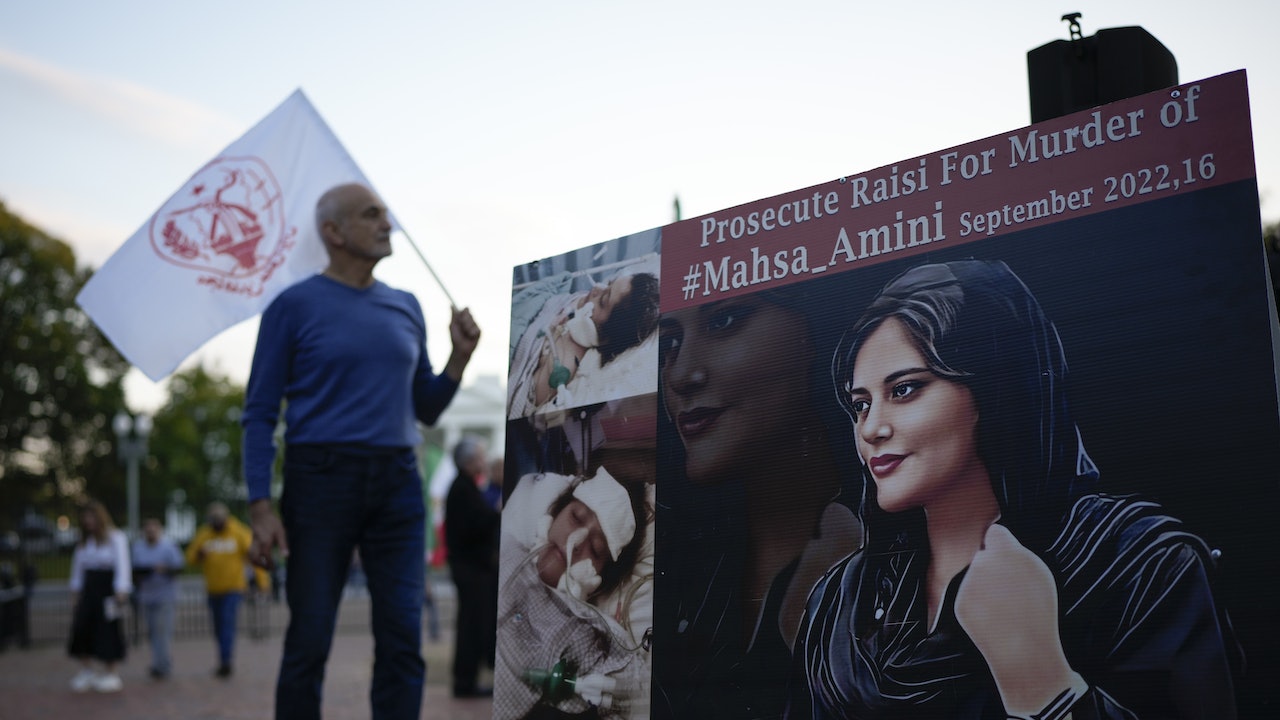
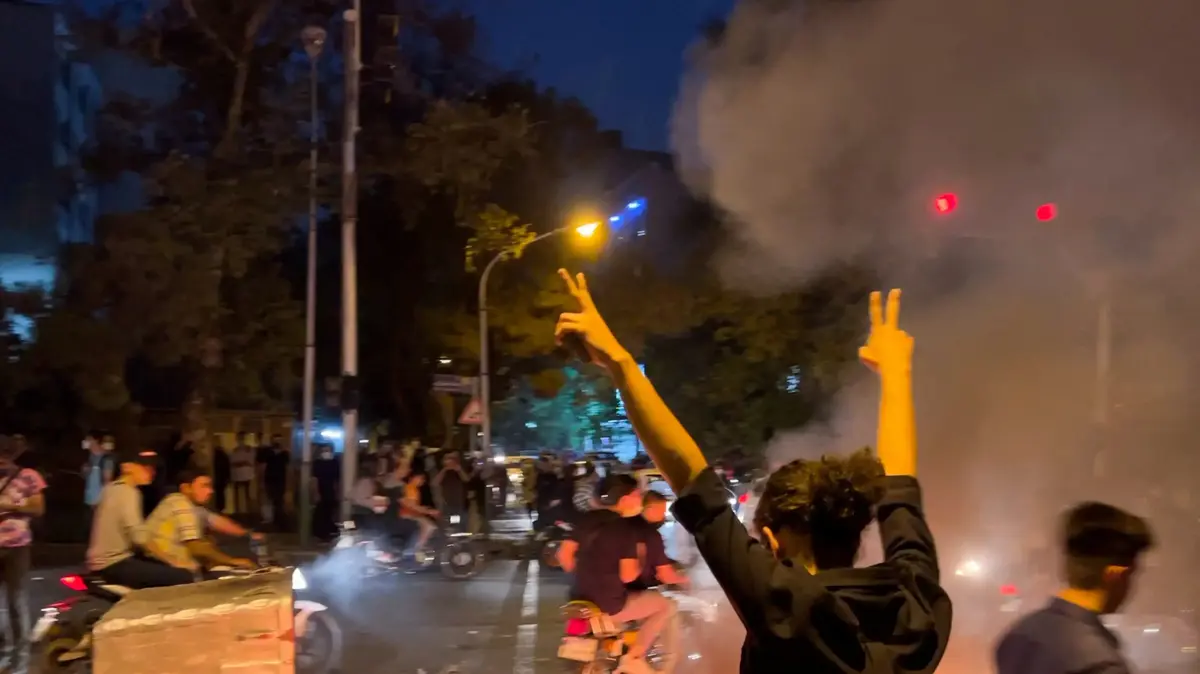


/cloudfront-eu-central-1.images.arcpublishing.com/prisa/RSDYMJQAS5HZZJNOQTAQ3E4FYI.jpg)
